Famous astronomers: How these scientists shaped astronomy
These famous astronomers bettered our understanding of the universe.
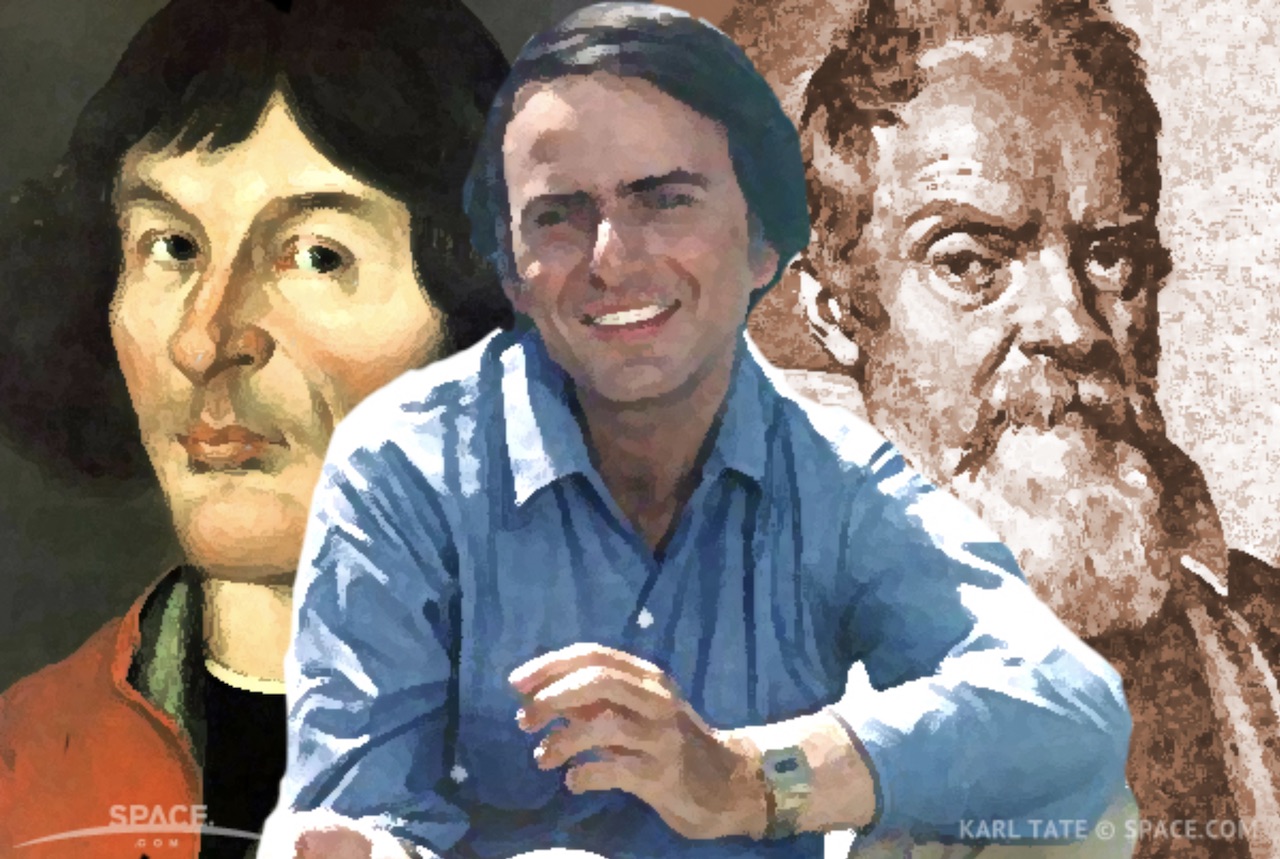
- Eratosthenes of Cyrene
- Claudius Ptolemy
- Abd al-Rahman al-Sufi
- Nicolaus Copernicus
- Johannes Kepler
- Galileo Galilei
- Giovanni Cassini
- Christiaan Huygens
- Isaac Newton
- Edmond Halley
- Charles Messier
- William and Caroline Herschel
- Henrietta Swann Leavitt
- Annie Jump Cannon
- Albert Einstein
- Edwin Hubble
- Harlow Shapley
- Frank Drake
- Carl Sagan
- William K. Hartmann
- Stephen Hawking
- Additional resources
- Bibliography
Throughout human history, astronomers have helped people understand what they see in the night sky. These famous astronomers — many of them great scientists who mastered many fields — explained space phenomena with varying degrees of accuracy.
Over the centuries, a geocentric view of the universe — with Earth at the center of everything — gave way to the proper understanding we have today of an expanding universe in which our galaxy is but one of billions. On this list are some of the most famous scientists from the early days of astronomy through the modern era, and a summary of some of their achievements.
Eratosthenes of Cyrene
When most people believed the world was flat, the notable Greek mathematician, astronomer and geographer Eratosthenes (276–195 B.C.) used the sun to measure the size of the round Earth, according to NASA.
His measurement of 24,660 miles (39,690 kilometers) was only 211 miles (340 km) off the true measurement.
Claudius Ptolemy
In ancient Greece, astronomer and mathematician Claudius Ptolemy (A.D. 90–168) set up a model of the solar system in which the sun, stars, and other planets revolved around Earth. Known as the Ptolemaic system, it remained in place for hundreds of years, though it turned out to be flat wrong.
According to NASA, "Ptolemy represents the epitome of knowledge of Grecian astronomy." As a mathematician, geographer and astronomer, he authored several scientific texts which had considerable impact on Western intellectual thought.
In the 2nd century, Ptolemy published the Almagest, a comprehensive treatise on the movements of the stars and planets. It expanded Hipparchus’ geometric model of celestial motions, utilizing epicycles and eccentric circles in a geocentric theory which placed the Earth at the center of the solar system. This Ptolemaic system presented tables of information allowing convenient predictions of planetary locations. Ptolemy also catalogued 48 constellations, the names of which are still in use at present.
Ptolemy's writings stood as authoritative for more than 1,200 years. However, his model, which was incorrect, later fell out of use as the heliocentric view of the solar system came into being.
Few details about Ptolemy's life survived to the present day.
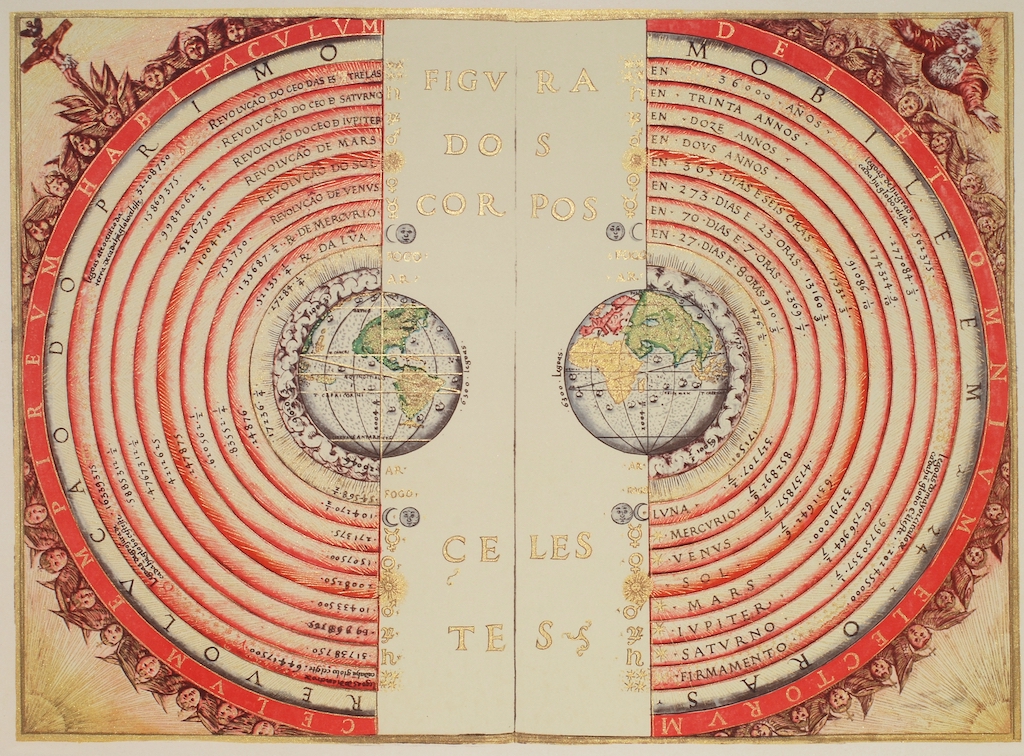
Abd al-Rahman al-Sufi
Persian astronomer Abd al-Rahman al-Sufi (903–986), known as Azophi to Westerners, made the first known observation of a group of stars outside of the Milky Way, the Andromeda galaxy.
Nicolaus Copernicus
In 16th century Poland, astronomer Nicolaus Copernicus (1473–1543) proposed a model of the solar system that involved the Earth revolving around the sun, according to NASA. The model wasn't completely correct, as astronomers of the time struggled with the backwards path Mars sometimes took, but it eventually changed the way many scientists viewed the solar system.
Copernicus, of Poland, felt the Ptolemaic view of the planets traveling in circular orbits around the Earth was over-complicated with many smaller circles, epicycles, needed to explain the intermittent retrograde motion of the planets (in which they appear to move in the opposite direction of the the stars). Copernicus published his book, De Revolutionibus Orbium Coelestium ("On the Revolutions of the Heavenly Spheres") when he was 70 and lay dying.
His ideas took almost a hundred years to gain credence, but Galileo's 1632 assertions that the Earth orbited the sun built upon the Polish astronomer's work, cementing the Copernican revolution.
Johannes Kepler
Using detailed measurements of the path of planets kept by Danish astronomer Tycho Brahe, Johannes Kepler (1571–1630) determined that planets traveled around the sun not in circles, as Copernicus had thought, but in ellipses. In so doing, he calculated three laws involving the motions of planets that astronomers still use in calculations today. However, closed minds put Kepler's work at risk.
Kepler defended and modified the Copernican view of the solar system with a radical reformation that established him as one of the great lights of the Scientific Revolution of the 16th-17th centuries.
Kepler's deduction that the planets travel elliptical orbits, with the sun at one of the foci formed his first planetary law, which he published in 1609 with the second law which stated that planets do not travel at the same rate throughout their orbits.
Kepler's third law, published a decade later, posited that the relationship between the length of two planets' orbits is related to their distances from the sun. Though he made other contributions to mathematics and optics, Kepler's three laws made him a giant of astronomy.
"The era in which Kepler lived was one of tremendous upheaval and change," said Dan Lewis, curator of the history of science and technology at the Huntington Library in San Marino, Calif. "Religious leaders were reluctant to relinquish their ideas about the heavens.
Talk by astronomers of a sky filled with objects moving in non-circular orbits and other phenomena that went against an Earth-centric model threatened their beliefs. As a result, Kepler and his first wife, Barbara, created a code with which to write letters to each other so that their correspondence would not put them at risk of persecution."
Galileo Galilei
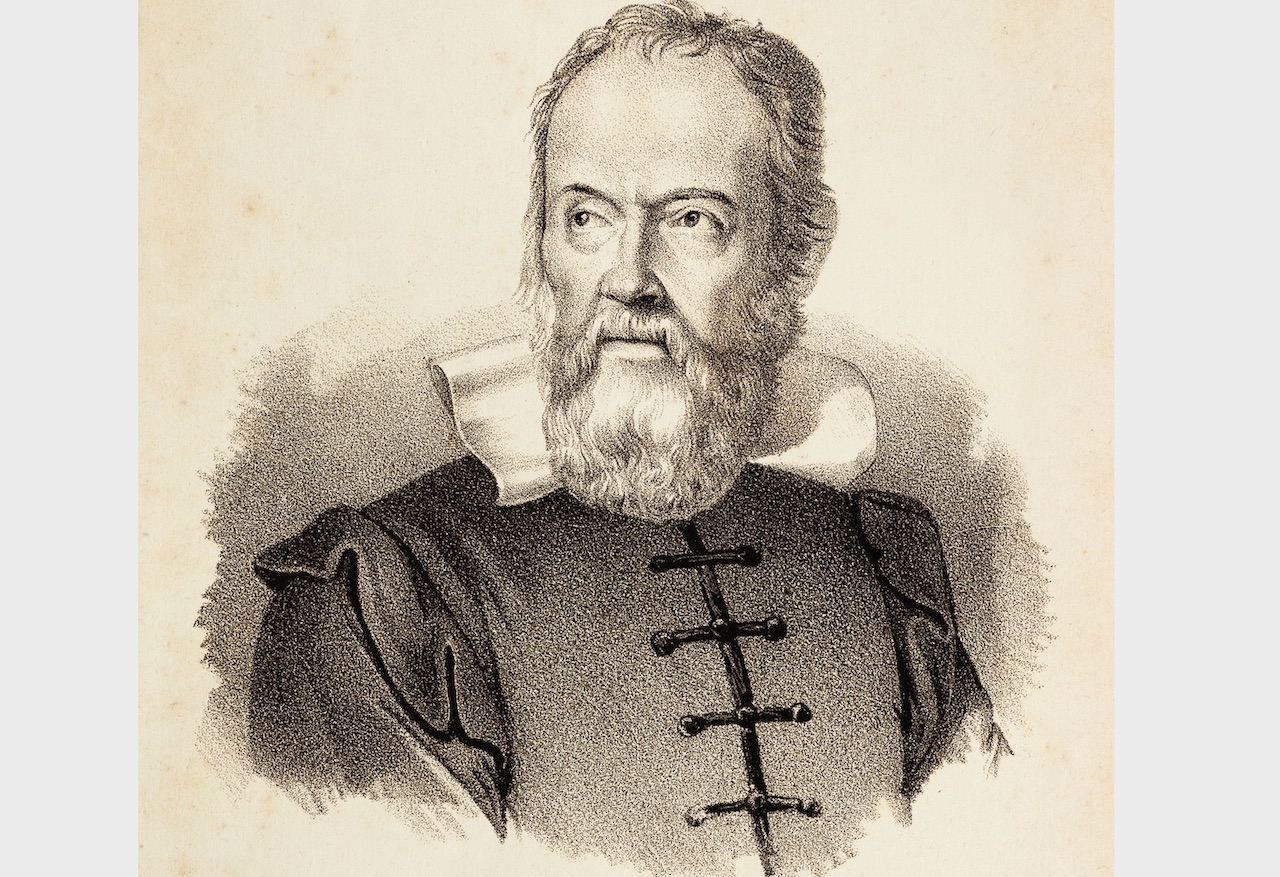
Born in Italy, Galileo Galilei (1564–1642) is often credited with the creation of the optical telescope, though in truth he improved on existing models.
According to the Rice University's Galileo Project, "Galileo made his first telescope in 1609, modeled after telescopes produced in other parts of Europe that could magnify objects three times. He created a telescope later that same year that could magnify objects twenty times."
The astronomer (also mathematician, physicist and philosopher) turned the new observational tool toward the heavens, where he discovered the four primary moons of Jupiter (now known as the Galilean moons), as well as the rings of Saturn.
Though a model of the Earth circling the sun was first proposed by Copernicus, it took some time before it became widely accepted. Galileo is most widely known for defending the idea several years after Kepler had already calculated the path of planets, and Galileo wound up under house arrest at the end of his lifetime because of it.
Galileo, born in Pisa, Italy, also made numerous scientific discoveries. He famously proved that all falling bodies fall at the same rate, regardless of mass. Further he developed the first pendulum clock.
Giovanni Cassini
Italian astronomer Giovanni Cassini (1625–1712) measured how long it took the planets Jupiter and Mars to rotate. He also discovered four moons of Saturn and the gap in the planet's rings. When NASA launched a satellite to orbit Saturn and its moons in 1997, it was fittingly dubbed Cassini.
Christiaan Huygens
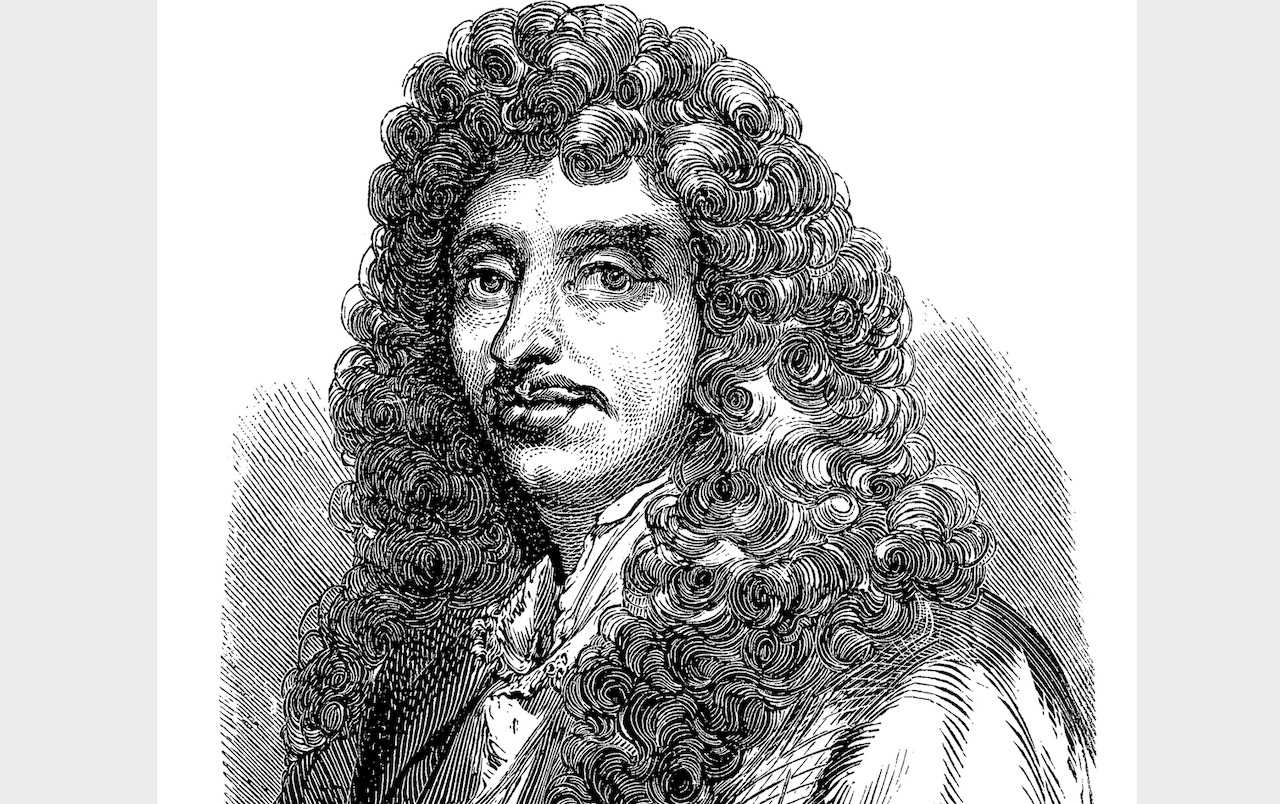
Dutch scientist Christiaan Huygens (1629–1695) proposed the earliest theory about the nature of light, a phenomenon that puzzled scientists for hundreds of years. His improvements on the telescope allowed him to make the first observations of Saturn's rings and to discover its largest moon, Titan.
Developing improved telescopes, Huygens was able to make several important astronomical discoveries. It was in 1655 that he proposed that a thin, flat ring circled Saturn. His discovery of Titan marked the first moon spotted around the planet. He made the first known drawing of the Orion Nebula.
Elsewhere in his research, Huygens proposed a wave theory of light, which was disputed by Newton, who preferred the particle theory. The modern theory of light combines the two into a wave-particle duality model.
Recently, Huygens' legacy was commemorated in the probe named after him, which parachuted on Titan in 2005.
Isaac Newton
English astronomer Sir Isaac Newton (1643–1727) is most famous for his work on forces, specifically gravity. Building on the work of those who had gone before him — he is quoted as saying, "If I have seen further, it is by standing upon the shoulders of giants" — he calculated three laws describing the motion of forces between objects, known today as Newton's laws.
The well-known Newtonian laws of motion are: 1) an object at rest tends to stay at rest and an object in uniform motion tends to stay in uniform motion unless acted upon by a net external force. 2) The net force on an object is equal to the rate of change of its linear momentum in an inertial reference frame, or if a body is accelerating, there a force is acting on it. 3) For every action there is an equal and opposite action.
In a story that has long since gone into the public consciousness, Newton supposedly found inspiration for his theory of gravitation upon seeing an apple fall from a tree. From this he conjectured that gravity's pull could extend outwards from the earth, even as far as the moon and further.
Newton often commands respect as the most influential figure in all of science. He invented calculus, as well as investigating optics, mechanics, experimental chemistry, alchemy, and theology. His creation of the three universal laws of motion plus the invention of the theory of universal gravity permanently altered the field of science.
Newton's achievements have been celebrated in many ways, with statues and poems. Notably the unit for force was named for him, the newton (N).
Edmond Halley
Edmond Halley (1656–1742) was the British scientist who reviewed historical comet sightings and proposed that the comet that had appeared in 1456, 1531, 1607, and 1682 were all the same, and would return in 1758. Although he died before its return, he was proven correct, and the comet was named in his honor.
Charles Messier
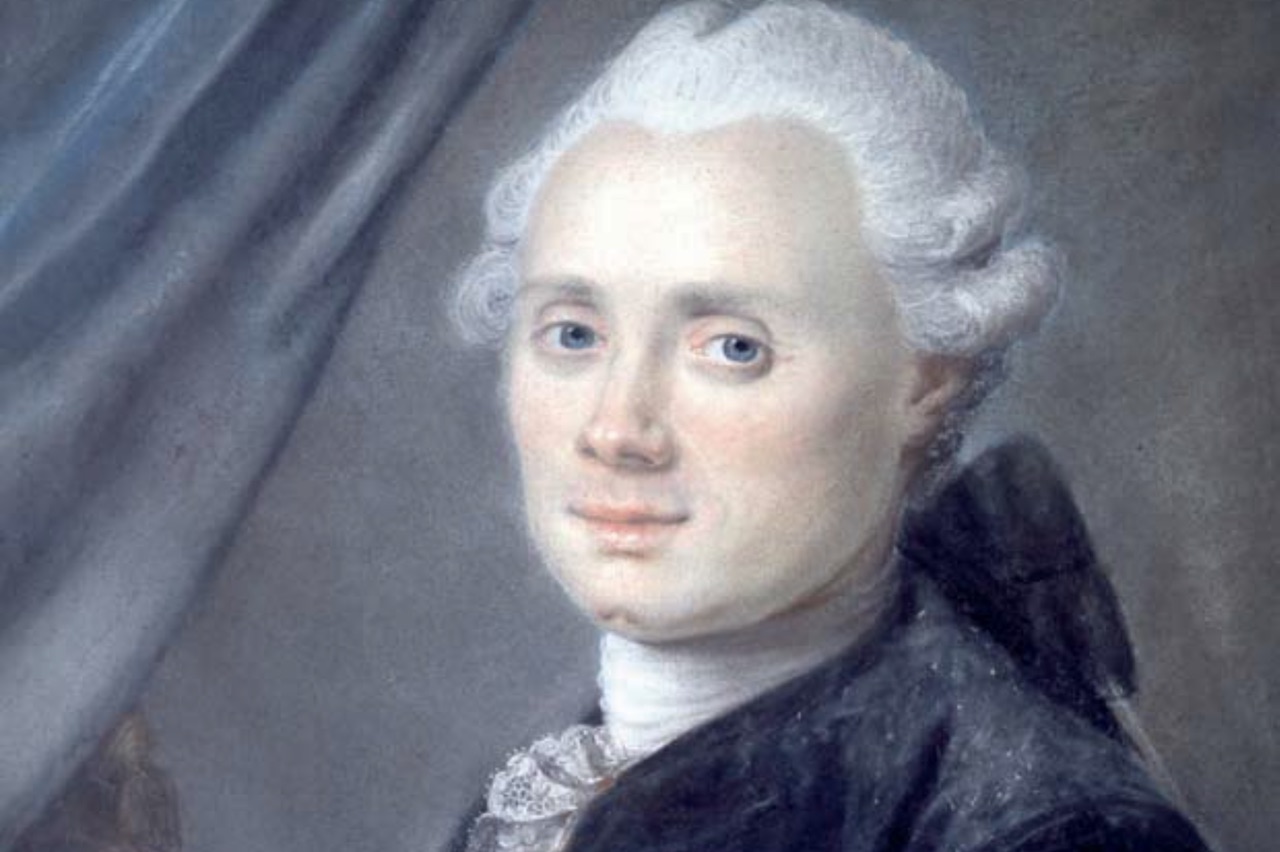
French astronomer Charles Messier (1730–1817) composed a database of objects known at the time as "nebulae," which included 103 objects at its final publication, though additional objects were added based on his personal notes. Many of these objects are often listed with their catalog name, such as the Andromeda Galaxy, known as M31. Messier also discovered 13 comets over the course of his lifetime.
Born in France, Messier developed an interest in astronomy at an early age, having witnessed a 6-tailed comet at age 14 in 1744. Further he viewed an annular solar eclipse in 1748.
As a young comet hunter, he began to discover and note nebulas, as these frequently were confused for comets. Thus began his famous catalog of deep-sky objects, such as star clusters and galaxies. The first version in 1771 covered 45 objects, eventually expanded by Messier to 103 objects (though there is a debate about M102). Later astronomers filled out the catalog to a total of 110 objects. Today Messier's catalog is still used widely, though because of his location in France, he only included Northern Hemisphere sky objects.
William and Caroline Herschel
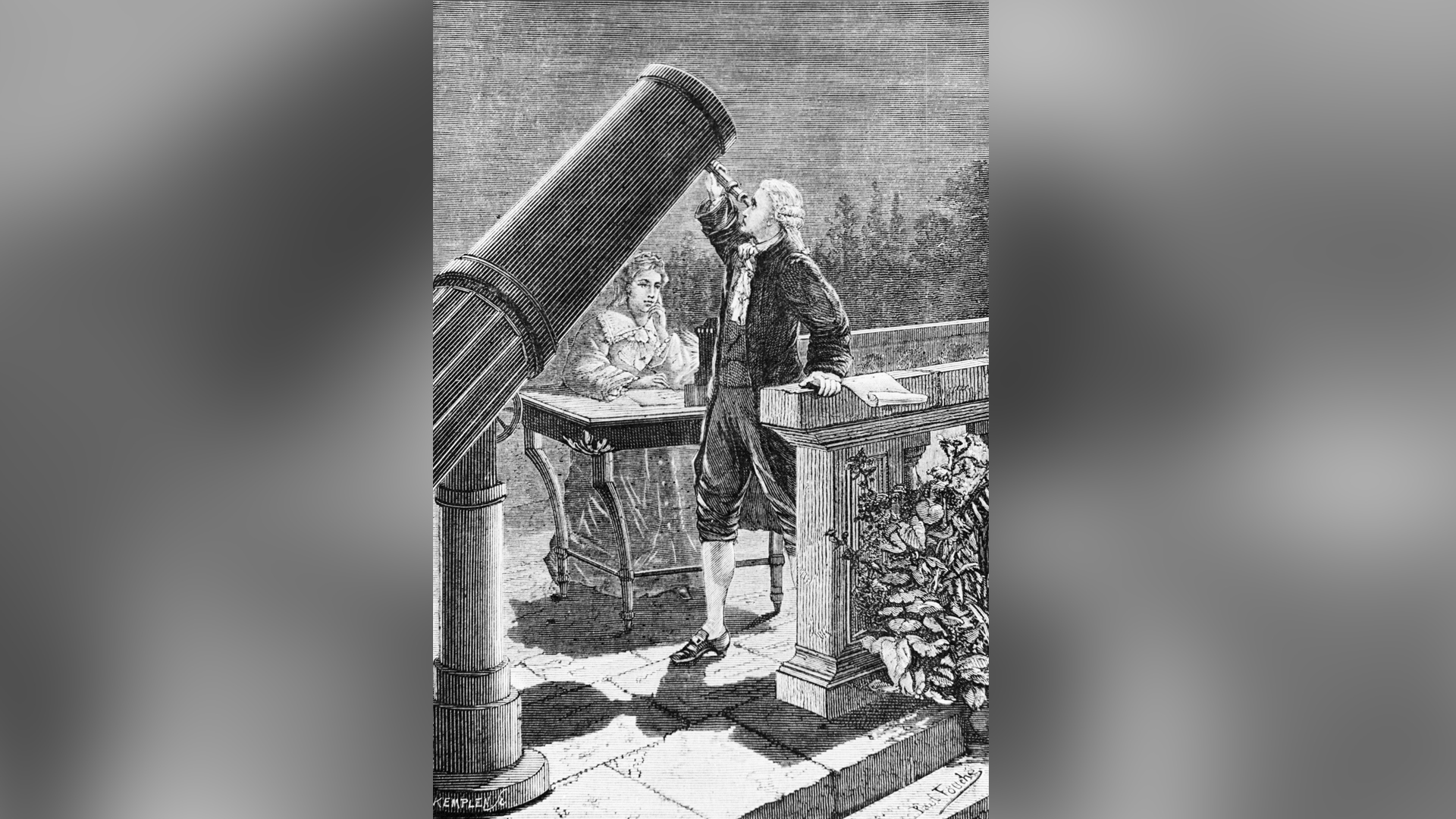
British astronomer William Herschel (1738–1822) cataloged over 2,500 deep sky objects. He also discovered Uranus and its two brightest moons, two of Saturn's moons, and the Martian ice caps.
William trained his sister, Caroline Herschel (1750–1848), in astronomy, and she became the first woman to discover a comet, identifying several over the course of her lifetime.
Henrietta Swann Leavitt
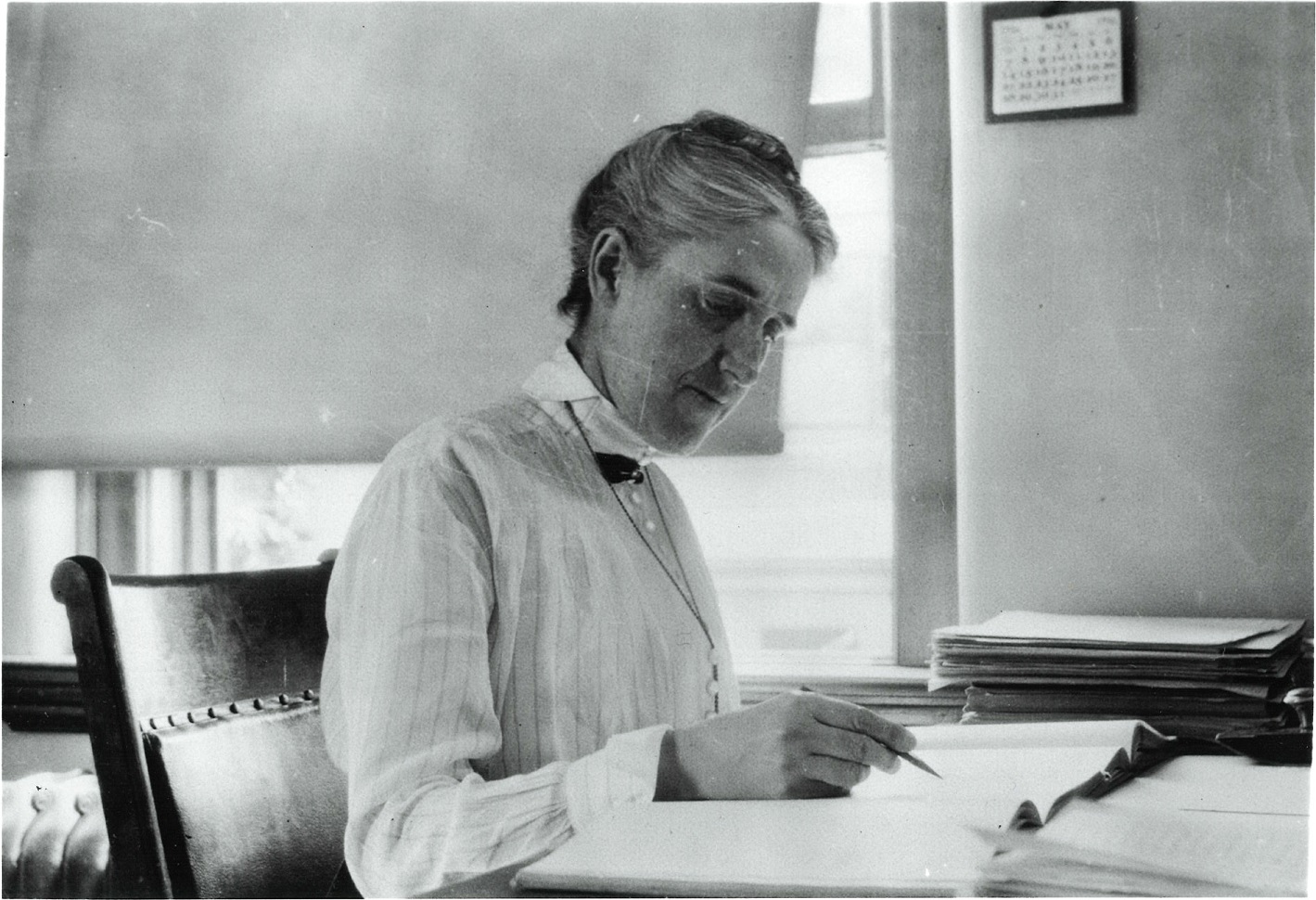
Henrietta Swann Leavitt (1868–1921) was one of several women working as a human "computer" at Harvard College, identifying images of variable stars on photographic plates.
She discovered that the brightness of a special flashing star known as a Cepheid variable was related to how often it pulsed. This relationship allowed astronomers to calculate the distances of stars and galaxies, the size of the Milky Way, and the expansion of the universe.
Annie Jump Cannon
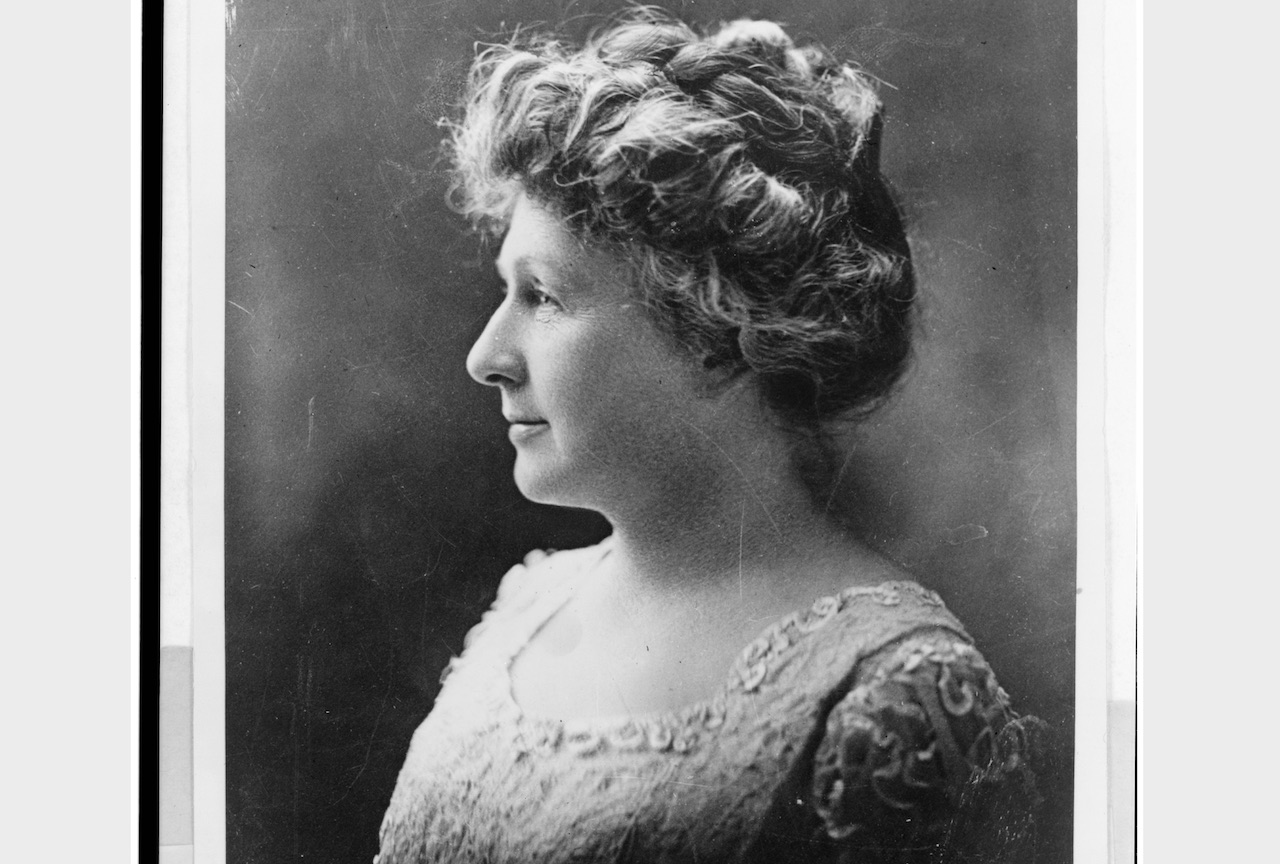
Annie Jump Cannon (1863–1941), who became known as the "census taker of the sky", was an American astronomer who classified around 350,000 stars manually. She developed the Harvard spectral system, which is used to classify stars today.
Before Cannon, stars were classified alphabetically, from A to Q, based on their temperatures. Cannon realized that a star's elements create different wavelength and determine its color. In 1901, she had improved the classification system with ten categories that also reflected a star's color and brightness.
Cannon inspired many women to work in astronomy, at a time when gender biases greatly favored men in the space industry.
Albert Einstein
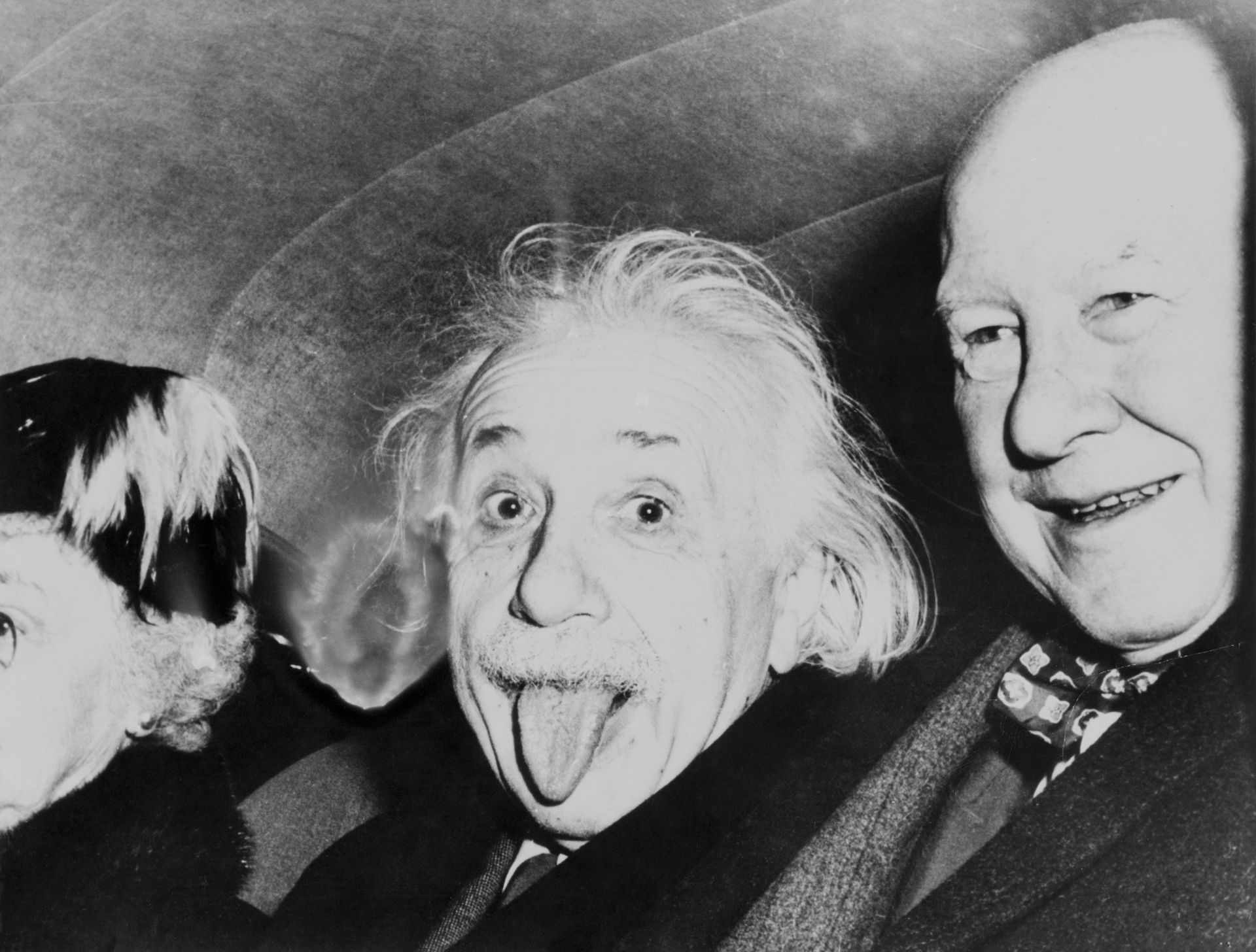
In the early 20th century, German physicist Albert Einstein (1879–1955) became one of the most famous scientists ever after proposing a new way of looking at the universe that went beyond current understanding. Einstein suggested that the laws of physics are the same throughout the universe, that the speed of light in a vacuum is constant, and that space and time are linked in an entity known as space-time, which is distorted by gravity.
In a lecture given in 1966, fellow scientist Robert Oppenheimer said, "Einstein was a physicist, a natural philosopher, the greatest of our time."
Edwin Hubble
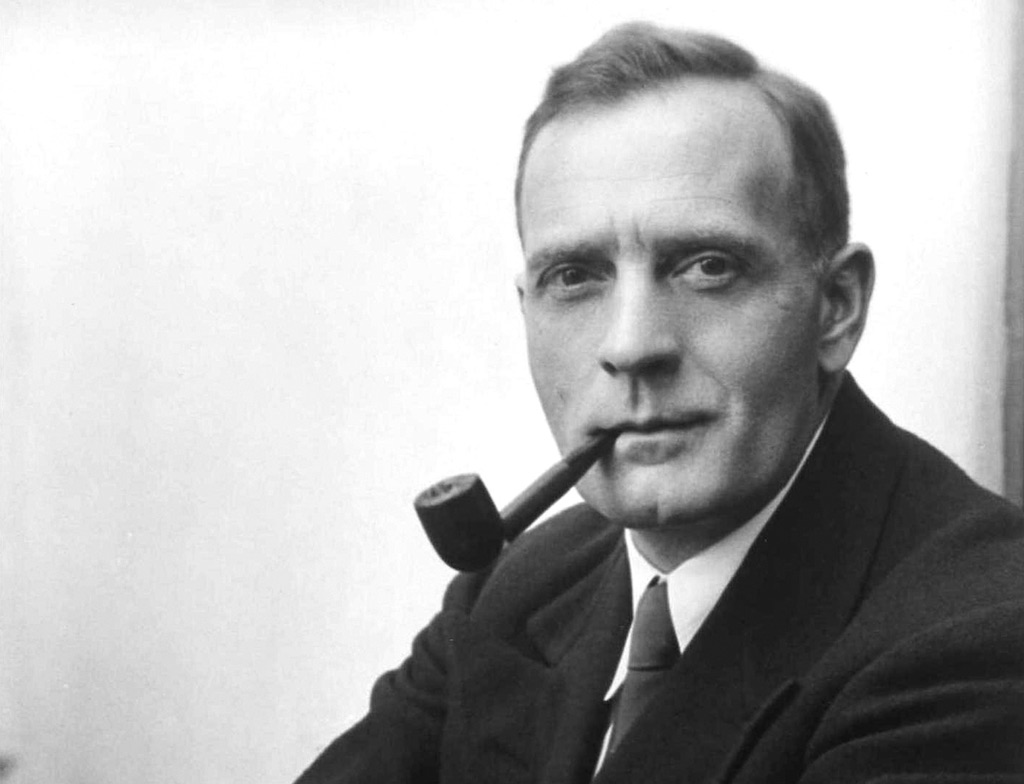
At the same time Einstein was expanding man's view of the universe, American astronomer Edwin Hubble (1899–1953) calculated that a small blob in the sky existed outside of the Milky Way.
Prior to his observations, the discussion over the size of the universe was divided as to whether or not only a single galaxy existed. Hubble went on to determine that the universe itself was expanding, a calculation which later came to be known as Hubble's law. Hubble's observations of the various galaxies allowed him to create a standard system of classification still used today.
Harlow Shapley
American astronomer Harlow Shapley (1885–1972) calculated the size of the Milky Way galaxy and general location of its center. He argued that the objects known as "nebulae" lay within the galaxy, rather than outside of it, and incorrectly disagreed with Hubble's observations that the universe boasted galaxies other than the Milky Way.
Frank Drake
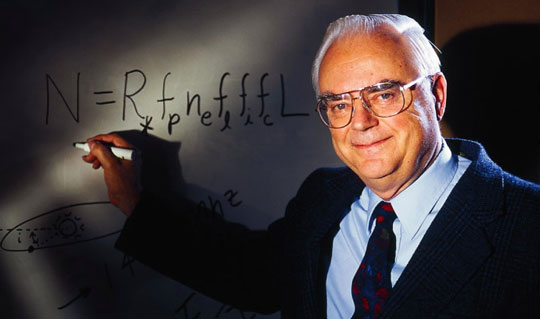
Frank Drake (born 1930) is one of the pioneers in the search for extraterrestrial intelligence. He was one of the founders of the Search for Extraterrestrial Intelligence (SETI) and devised the Drake equation, a mathematical equation used to estimate the number of extraterrestrial civilizations in the Milky Way galaxy able to be detected.
Carl Sagan
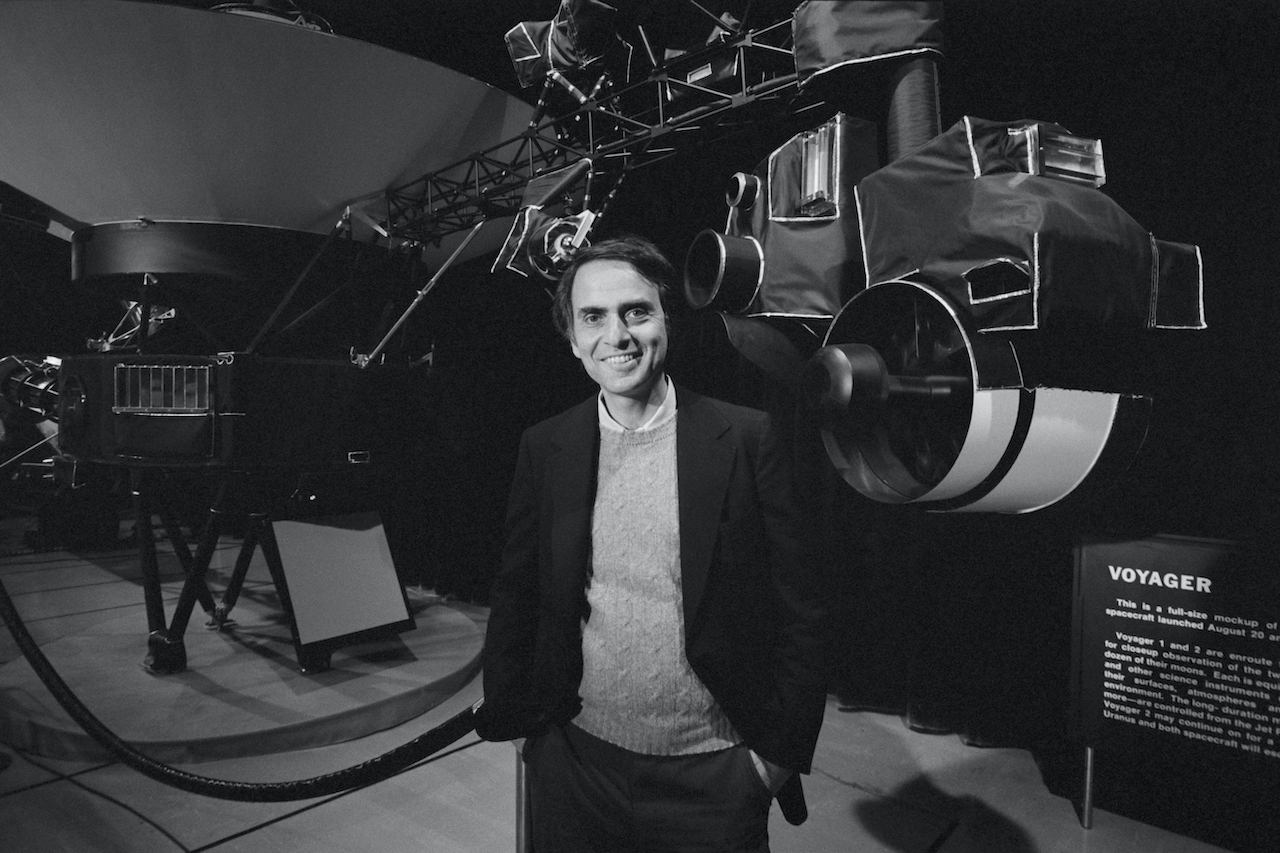
American astronomer Carl Sagan (1934–1996) may not have been a great scientist in comparison to some on this list, but he is one of the most famous astronomers. Sagan not only made important scientific studies in the fields of planetary science, he also managed to popularize astronomy, according to NASA Science.
His charismatic teaching and boundless energy influenced people around the world as he broke down complicated subjects in a way that interested television viewers even as he educated them. Sagan founded the Planetary Society, a nonprofit organization devoted to advancing space science and exploration.
Sagan was born in Brooklyn, New York. He served as professor of astronomy and space sciences, and director of the Laboratory for Planetary Studies at Cornell University. He made many scientific discoveries, including explaining the high temperatures of Venus and the seasonal changes on Mars.
However, Sagan's most known contribution to astronomy was as a educator and popularizer of science. He published numerous articles and books, including "Cosmos," which became a television show viewed by a billion people in sixty countries. As host of the show, he even spawned his own catchphrase — the oft-parodied “billions and billions” — based on his distinctive inflection, though he never uttered that phrase during the show. Sagan also penned the science-fiction novel “Contact, later adapted into a motion picture starring Jodie Foster. Many tributes and memorials were dedicated to Sagan following his death, illustrating how deeply his persona pervaded the cultural landscape.
William K. Hartmann
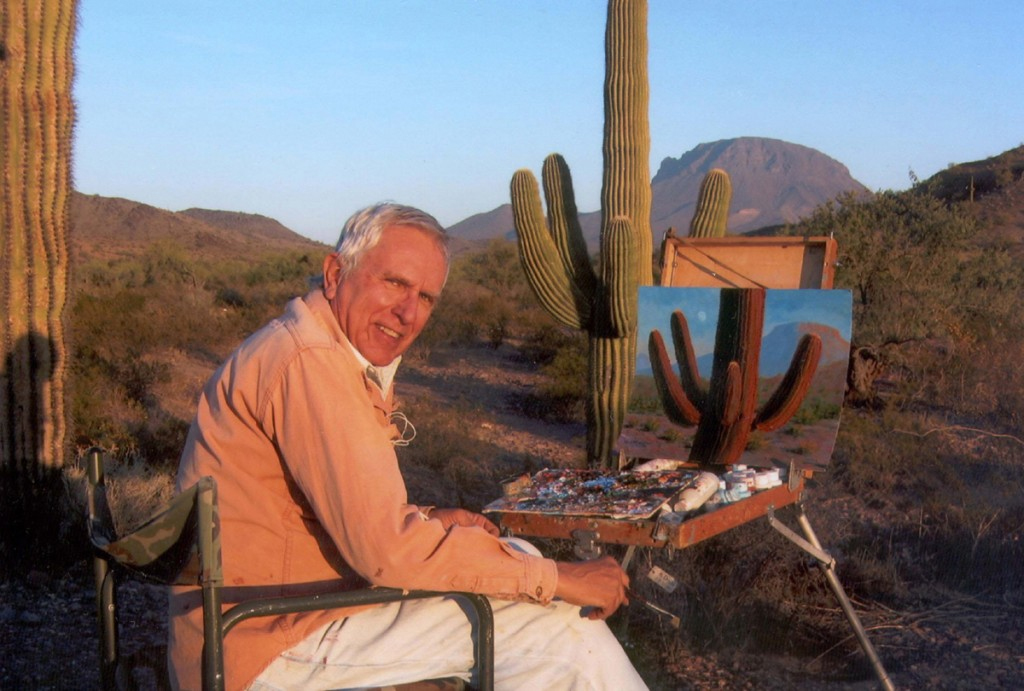
American astronomer William K. Hartmann (born 1939) put forth the most widely accepted theory on the formation of the moon in 1975.
He proposed that, after a collision with a large body scooped, debris from the Earth coalesced into the moon.
Stephen Hawking
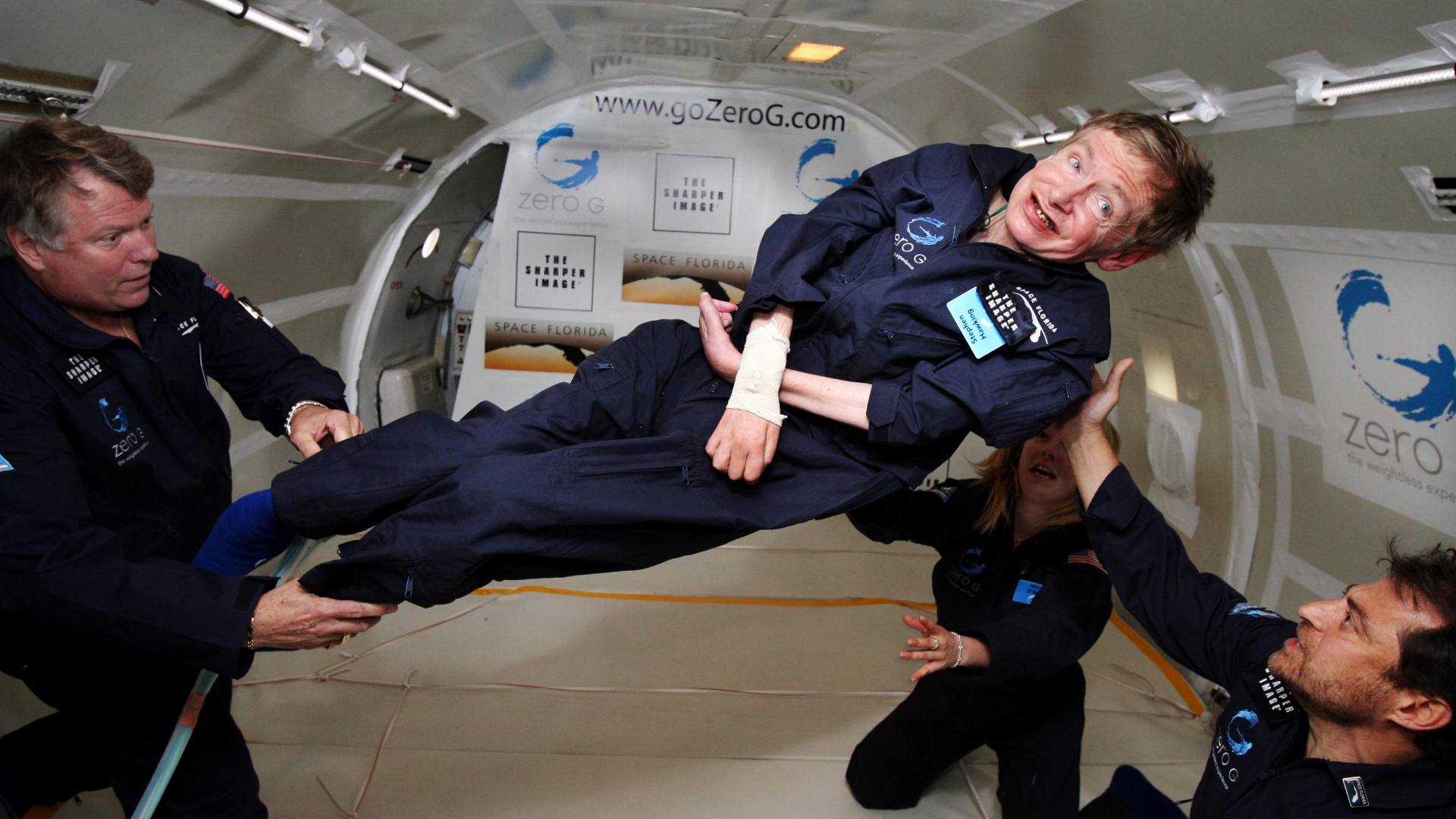
Stephen Hawking (1942– 2018) made many significant insights into the field of cosmology. He proposed that, as the universe has a beginning, it will likely also end. He also suggested that it has no boundary or border.
Despite being viewed as one of the most brilliant minds since Einstein, many of Hawking's books and lectures are steered toward the general public as he seeks to educate people about the universe they live in.
A theoretical physicist and cosmologist, Hawking was considered one of the greatest scientific minds since Einstein. Although motor neurone disease related to amyotrophic lateral sclerosis (Lou Gehrig’s disease) hobbled him since the age of 20, Hawking completed his doctorate in cosmology at Cambridge.
Hawking's primary discovery stated that since the universe began (at the Big Bang), it must come to an end. Hawking demonstrated (with Roger Penrose) that since Einstein’s general theory of relativity suggested that space and time began at the birth of the universe, and ends within black holes. This results unites general relativity and quantum theory. Further, Hawking predicted that black holes do emit radiation, called Hawking radiation.
Hawking wrote about these and other discoveries in several books, including the best-seller A Brief History of Time. His wheelchair-bound appearance and his speech-synthesized voice (he is now completely paralyzed) are familiar to the public from appearances on Star Trek: The Next Generation, The Simpsons, Futurama, and The Big Bang Theory.
Additional resources
You can learn more about the history of modern astronomy in this TED Talk by astrophysicist Emily Levesque. To find out about scientists who made groundbreaking discoveries in other areas, read the Live Science article 7 scientists who helped change the world.
Bibliography
"Derivation of Newton’s law of motion from Kepler’s laws of planetary motion". Archive of Applied Mechanics volume (2018). https://link.springer.com/article/10.1007/s00419-017-1245-x
"Galileo Galilei: Research and development of the telescope". Trends in Optics (1996). https://www.sciencedirect.com/science/article/pii/B9780121860301500254
"Women astronomers through history". Publications de l'Observatoire Astronomique de Beograd (2008). https://adsabs.harvard.edu/pdf/2008POBeo..85..207D
"A Measure of the Heavens". The Dawn of Science (2019). https://link.springer.com/chapter/10.1007%2F978-3-030-17509-2_19
Join our Space Forums to keep talking space on the latest missions, night sky and more! And if you have a news tip, correction or comment, let us know at: community@space.com.
Get the Space.com Newsletter
Breaking space news, the latest updates on rocket launches, skywatching events and more!

Nola Taylor Tillman is a contributing writer for Space.com. She loves all things space and astronomy-related, and enjoys the opportunity to learn more. She has a Bachelor’s degree in English and Astrophysics from Agnes Scott college and served as an intern at Sky & Telescope magazine. In her free time, she homeschools her four children. Follow her on Twitter at @NolaTRedd










